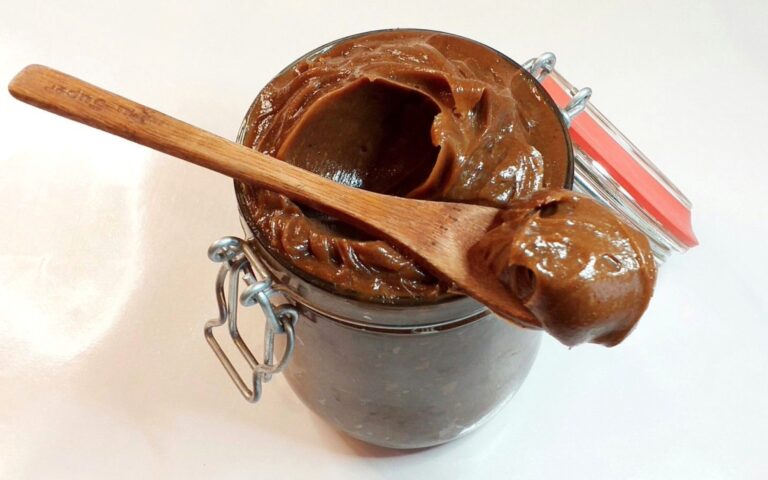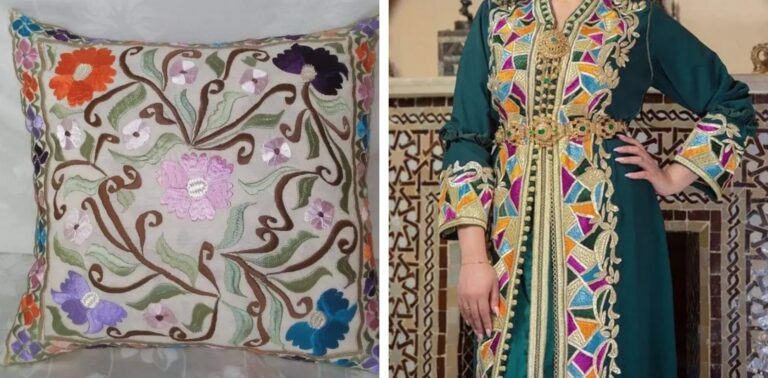
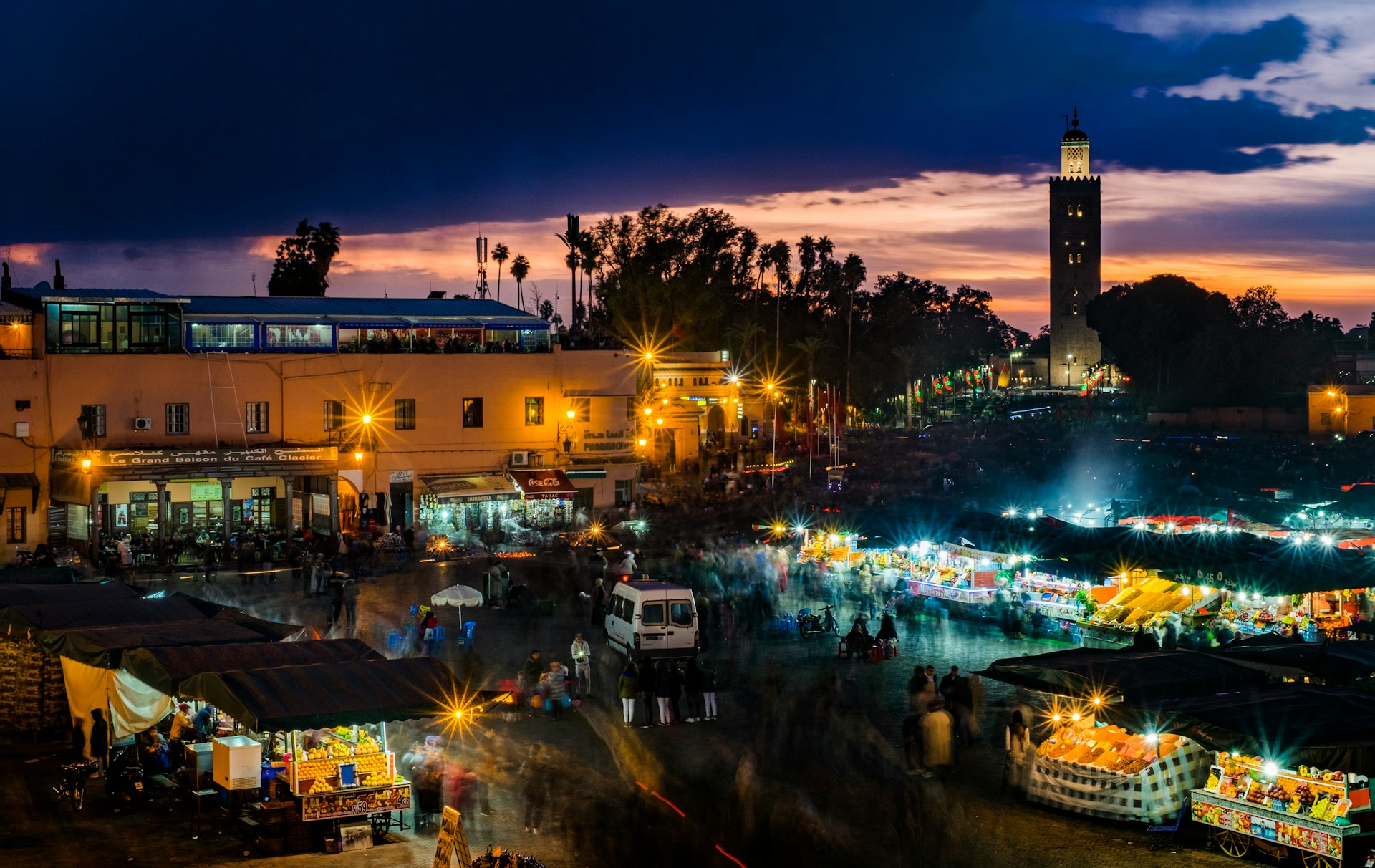
At the heart of Morocco lies Marrakech, the famed Red City, where centuries of history blend with vibrant modern life. But beyond the bustling souks and ornate palaces, there’s another layer of cultural richness waiting to be discovered: the Marrakech Berber heritage. The Berbers, or Amazigh people, are the original inhabitants of North Africa, and their traditions, art, and hospitality continue to shape the identity of Marrakech today.
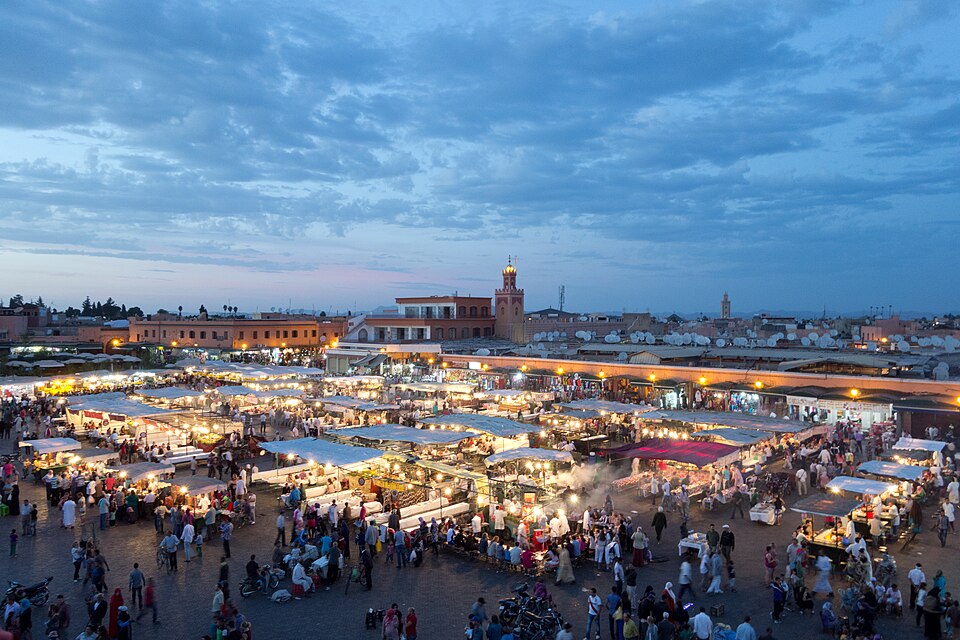
Whether you’re exploring the medina, venturing into the Atlas Mountains, or following a Morocco Tangier map to trace cultural roots, understanding Marrakech through its Berber heritage adds depth and meaning to your journey. This guide highlights attractions, cultural insights, and real-life stories that make the Marrakech Berber experience unforgettable.
Marrakech Berber – Overview of the Destination
Marrakech, founded in 1070 by the Almoravids, has long been a meeting place for traders, travelers, and diverse cultures. Among these, the Berbers played a central role in shaping the city’s architecture, markets, and traditions.
The medina, now a UNESCO World Heritage Site, reflects Berber craftsmanship in its narrow alleys, vibrant carpets, and intricate jewelry. The Berber language (Tamazight) is still spoken in Marrakech and surrounding villages, adding to the city’s cultural mosaic.
From traditional music and dance to colorful handicrafts, the Marrakech Berber identity is woven into daily life. Travelers who take time to explore this side of the city discover not just Morocco’s history but its living culture. For context, learn more about Marrakesh and its centuries-old heritage.
Must-See Attractions and Experiences
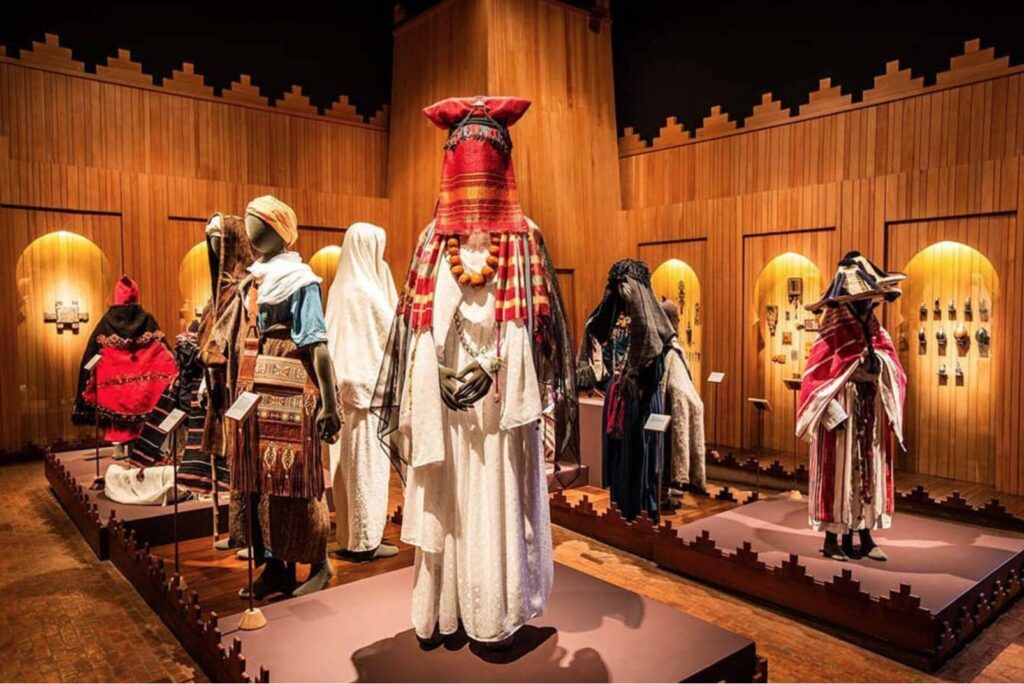
1. The Berber Museum (Musée Berbère)
Located in the Majorelle Gardens, this museum is a treasure trove of Berber art and history. It houses jewelry, textiles, pottery, and artifacts that showcase the creativity and resilience of Morocco’s indigenous people.
2. The Atlas Mountains Excursions
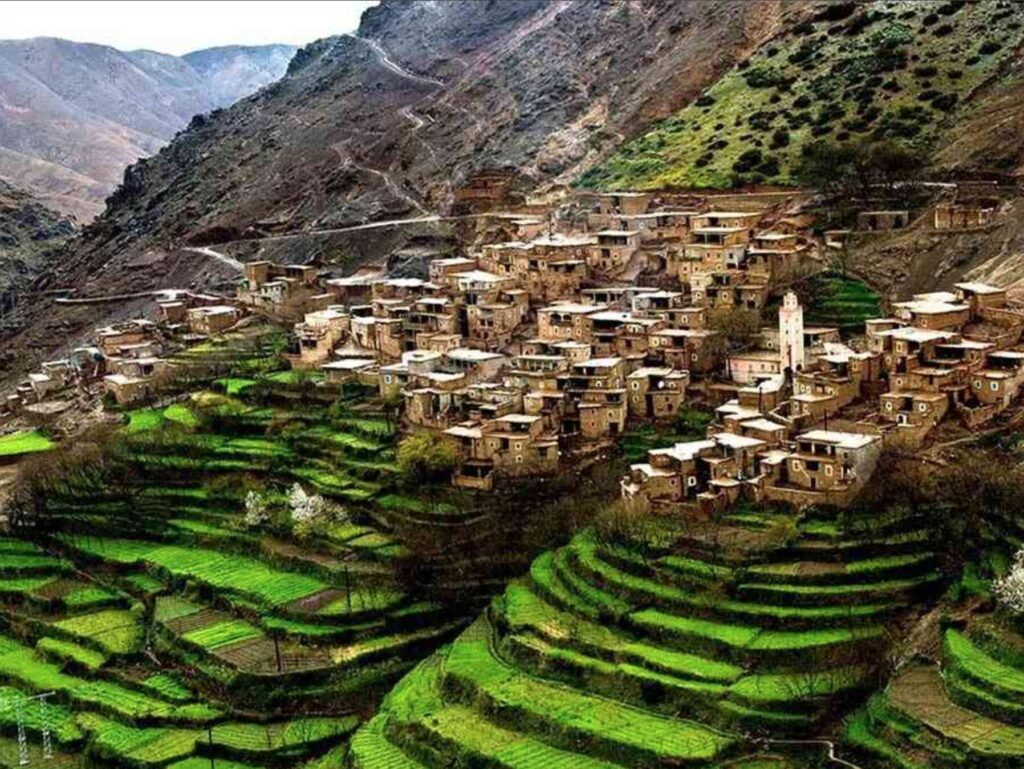
Just outside Marrakech, the High Atlas Mountains are home to Berber villages that preserve traditional lifestyles. A day trip to places like Imlil or Ourika Valley allows you to meet locals, sip mint tea in a Berber home, and admire terraced fields against mountain backdrops.
3. Souks and Berber Handicrafts
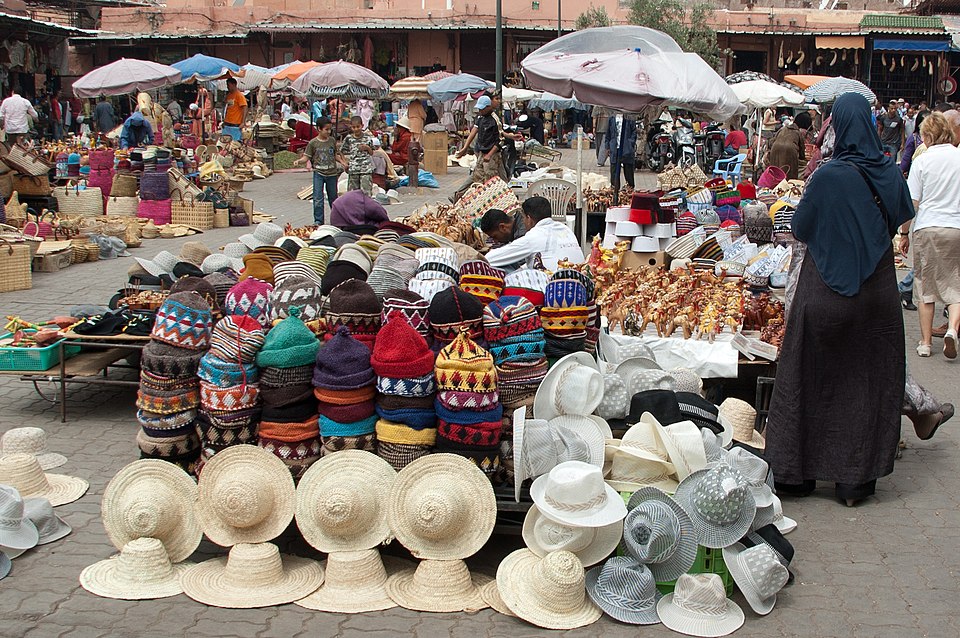
Marrakech’s souks are famous for carpets, leather goods, and silver jewelry, much of which is produced by Berber artisans. Bargaining in the marketplace isn’t just about shopping—it’s about connecting with centuries-old traditions.
4. Jemaa el-Fnaa – The Living Stage
This iconic square comes alive with Berber musicians, storytellers, and dancers as evening falls. The rhythms and tales passed down for generations reflect the storytelling culture that defines the Amazigh people.
5. Festivals and Celebrations
The Amazigh New Year (Yennayer) in January is celebrated with music, dance, and special dishes. If your visit coincides, it’s a wonderful chance to immerse yourself in Marrakech Berber traditions.
Travel Tips and Cultural Insights
- Best Time to Visit: Spring (March–May) and autumn (September–November) offer pleasant weather for exploring both the city and mountain villages.
- Language: While Arabic and French are widely spoken, learning a few words of Tamazight is appreciated by Berber hosts.
- Dress Code: Marrakech is a cosmopolitan city, but when visiting Berber villages, modest attire shows respect for local customs.
- Food to Try: Sample Berber tagines, barley bread, and mint tea flavored with mountain herbs. Don’t miss couscous served with seasonal vegetables.
- Hospitality: Berber culture emphasizes generosity. If invited to a home, accept tea—it’s a sign of friendship and respect.
Traveler Stories – Marrakech Berber in Real Life
Travelers often describe their Marrakech Berber experiences as the highlight of their Moroccan journeys. One visitor shared how a guided trip to a Berber village in the Atlas Mountains turned into an unforgettable day of cooking couscous with a local family and listening to traditional music around a fire.
Another traveler recounted exploring the Berber Museum, where centuries-old jewelry and textiles offered a tangible connection to Morocco’s deep cultural roots. Later, while wandering through the souks, they recognized similar patterns in the carpets, realizing how traditions endure from village workshops to modern markets.
These real-world experiences show that exploring Marrakech Berber heritage isn’t just sightseeing—it’s about creating authentic human connections.
Future Travel Recommendations and Seasonal Insights
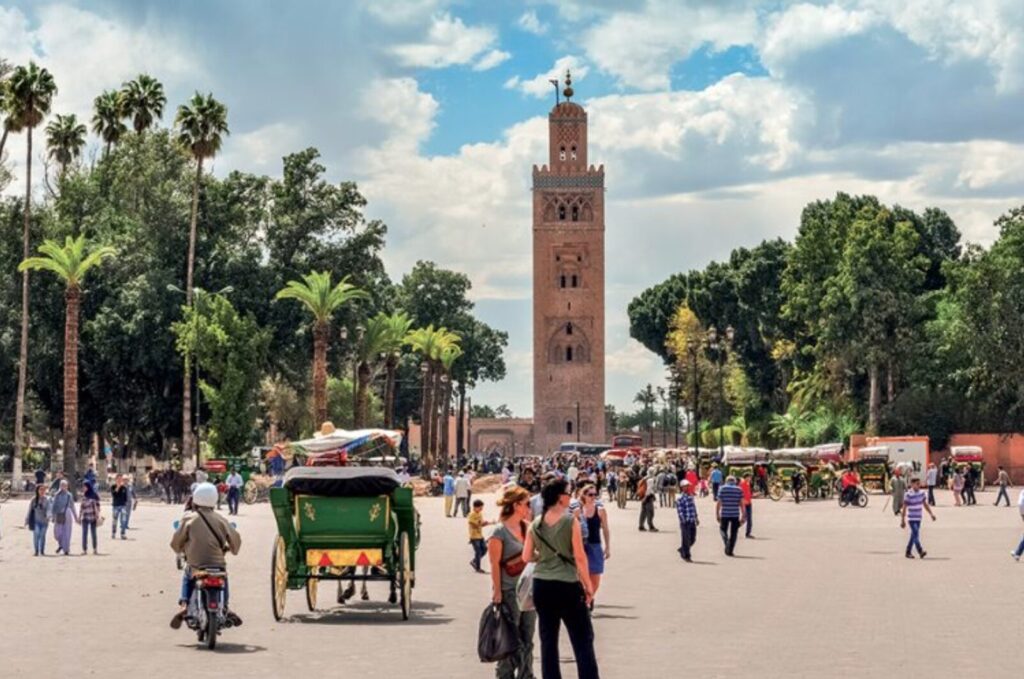
- Spring (March–May): Perfect for hiking in the Atlas Mountains and enjoying Marrakech’s gardens.
- Summer (June–August): Hot in the city, but cooler in mountain villages where Berber culture thrives.
- Autumn (September–November): Ideal for combining cultural exploration with festivals and market visits.
- Winter (December–February): Chilly in the mountains but magical with snow-capped peaks—great for cozy stays in Berber guesthouses.
If you’re tracing Morocco’s cultural map from Tangier down to Marrakech, don’t miss opportunities to stop in Fez and Berber villages along the way. Each destination adds another layer to your understanding of Amazigh heritage.
FAQ – Marrakech Berber
What does Marrakech Berber mean?
It refers to the Berber (Amazigh) cultural heritage within Marrakech, including art, music, language, and traditions that shape the city.
Where can I learn about Berber culture in Marrakech?
The Berber Museum in Majorelle Gardens, local souks, and excursions to nearby Atlas villages all offer immersive experiences.
Is Berber culture still alive in Marrakech today?
Yes. From the spoken Tamazight language to handicrafts, music, and festivals, Berber culture remains a vibrant part of Marrakech’s identity.
Can I visit Berber villages near Marrakech?
Absolutely. Day trips to places like Ourika Valley, Imlil, and Asni provide opportunities to meet Berber families and experience their lifestyle.
What souvenirs should I buy to support Berber artisans?
Handwoven rugs, silver jewelry, pottery, and leather goods are authentic crafts that help preserve traditional livelihoods.
Conclusion
The Marrakech Berber experience offers travelers more than just sightseeing—it’s an invitation to connect with Morocco’s oldest cultural roots. From museums and mountain villages to bustling souks and musical performances, the Berber influence shapes every corner of Marrakech.
If you’re planning a Moroccan adventure, don’t just admire the city’s iconic landmarks. Go deeper. Explore the living traditions, savor Berber hospitality, and let Marrakech’s Amazigh heritage guide you toward a richer journey.
Start planning your visit today, and let the Marrakech Berber experience transform your understanding of Morocco.

